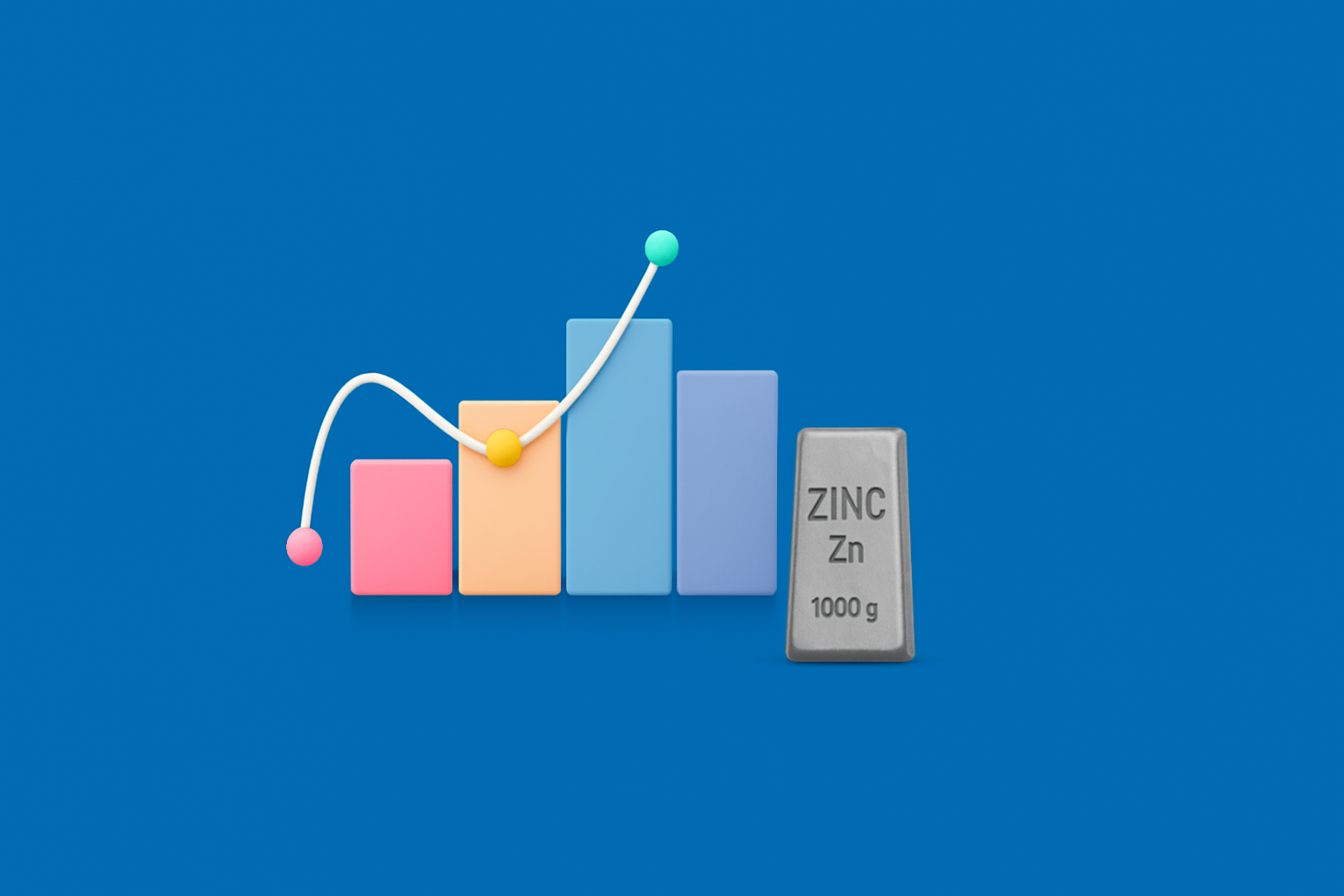What is LTP in Share Market

- Published Date: April 04, 2022
- Updated Date: October 08, 2025
- By Team Choice
A stock market is a great place to earn, only when you have knowledge of every term and asset being traded there. For a beginner stock trader, "What is LTP?" is a very common question. LTP's full form in the share market is "Last Traded Price." But don't fall for its humble, full form or abbreviation. It is one of the biggest aspects of the share market, which identifies the current value of every asset available there for trading.
In this article, we will learn in detail about the LTP's meaning and its significance.
What is LTP?: The Definition
In the stock market, "LTP" stands for "Last Traded Price." It refers to the price at which the most recent trade of a particular stock or security occurred. Essentially, it's the most recent price at which buyers and sellers agreed to exchange shares. Traders and investors often pay attention to the LTP as it provides real-time information about a stock's current value and helps them make decisions about buying or selling.
But LTP's meaning is much greater and more versatile than it appears in the definition. We need to go much deeper to understand its significance.
LTP Meaning in Share Market: Explained
At a certain time, for a particular instance, a group of sellers decides to put their asset price at INR 99 per piece or per lot. Similarly, a group of buyers finds it a good deal and matches the quoted price. In that instance, the asset is exchanged at the cost of INR 99. For that particular instance, or if that is the last trade of the day, INR 99 will be known as the LTP of the asset for that particular time instance or that day. Therefore, LTP, meaning in the share market, stands at the price at which the very last trade of a particular asset was traded on that particular exchange.
In general, thousands or even millions of traders can actively trade an asset if its volatility allows it to do so. This is why the LTP is always changing with the LTQ. LTQ stands for Last Traded Quantity, whereas the LTP's full form is the Last Traded Price. The LTQ can actively manipulate the LTP.
How is LTP Calculated in The Market?
Generally, LTP is not tightly bound by market announcements, share splits, bonus announcements, dividends, mergers, or any possible thing that is significant enough for the market. However, LTP is highly manipulated by the trading volume. But LTP's meaning in the share market is more than the trading volume and quoted prices. The more an asset gets traded in the market, its trading volume or volatility increases. With more volatility, the LTP of that asset fluctuates more rapidly, even randomly. At this phase, the LTQ or the Last Traded Quantity becomes more important than any other aspect.
Let us understand it by an example.
Suppose you have an asset and want to sell it at a certain time of the trading hours, at INR 100, but someone is selling the same asset at INR 99, and he has more quantity than you. Therefore, he will attract more buyers than yours. After the trade at his quoted price is executed, the LTP of that asset will be INR 99.
While someone else wants to sell the same asset, and even if she has more quantity than you, she quotes her asset prices at INR 101. Therefore, the buyers will come to you first and purchase the asset from you. Again, when the trade is executed at your quoted price, the LTP of the asset will become INR 100.
But if someone wanted to buy the asset only at INR 101, she would be able to sell the assets before you. In that case, the LTP of the asset will be INR 101 after the previous LTP of INR 99.
We hope at this point you have a clearer idea of LTP meaning in the share market.
On an active trading day, there are millions of traders engaged in trading, and the trades get executed within a fraction of a second. In BSE, it takes only 6 microseconds per trade execution. Therefore, you could say, "What is LTP now?" for your asset, the LTP has already changed several times. LTP of an asset can get changed several times in a second, and you usually get notified sometimes later that your trade has been executed. But if the trading volume is large and lots of other sellers are selling at your quoted price and others are buying at that quote, you may see it happening. Because sometimes, the volume can slow down the change of LTP.
LTP Projections
Knowing and Learning more and more and more about the LTP projections is the key to success in the stock market. Instead of asking others, "What is LTP now?" or seeing the random changes in the LTP and LTQ, you should learn to quote your prices for the available assets you want to buy or sell.
Numerous free and paid tools like VWAP, MACD, etc., projection calculators, graphs, and charts are available for the LTP projections. But let us provide you with a general idea of LTP projections. Generally, there are three scenarios and two exceptional scenarios for LTP.
Scenario 1: There are way too many sellers, while the number of buyers of that asset is very low, and the trading volume is also high. In that case, you can expect a sharp fall in the prices, and the LTP will continuously show a downward trend. Even if the trading volume is low, you can also witness a decline in the price. However, this is not enough to justify the LTP's meaning in the share market.
Scenario 2: There are too many buyers, while the number of sellers of that asset is much less, and the trading volume is also high. Then you can expect a sharp rise in the prices, and the LTP will continuously show an upward trend. Even if the trading volume is low, you can also expect a sharp rise in the price. Let us go to the next scenario to further understand the LTP's meaning in the share market.
Scenario 3: The number of buyers and sellers are almost equal, the volume is very high, and all the buying and selling quotes are way too close to each other then the trades will execute slowly as after every trade due to the closeness of the quoted prices, LTP will appear like it's not changing.
The two exceptional scenarios also broaden the LTP's meaning in the share market. When the price of the asset either hits the maximum or minimum permissible trading value for the day; or in other words, if the price of the asset hits its Upper Circuit or Lower Circuit, the LTP will be stuck there and show no movement.
Conclusion
Sometimes after the closing hours of the market, the LTP also stands for the Closing Price for the asset for that day. It is calculated as the mean or weighted average of all the LTP's of that asset for the last 30 minutes of that day's trading. So, if someone asks you 'What is LTP?' you can ask him/her back, "Current LTP or the entire days or last days?" But this is not just it. The significance of LTP is much beyond this, and it is almost impossible to fill it in one single article. And the more you learn, you will get better at your trading skills.
Recommended for you

Why ESG Matters for India’s Growth Story

FII DII Data - Live Data

Zinc Future Price Forecast for Next Week
